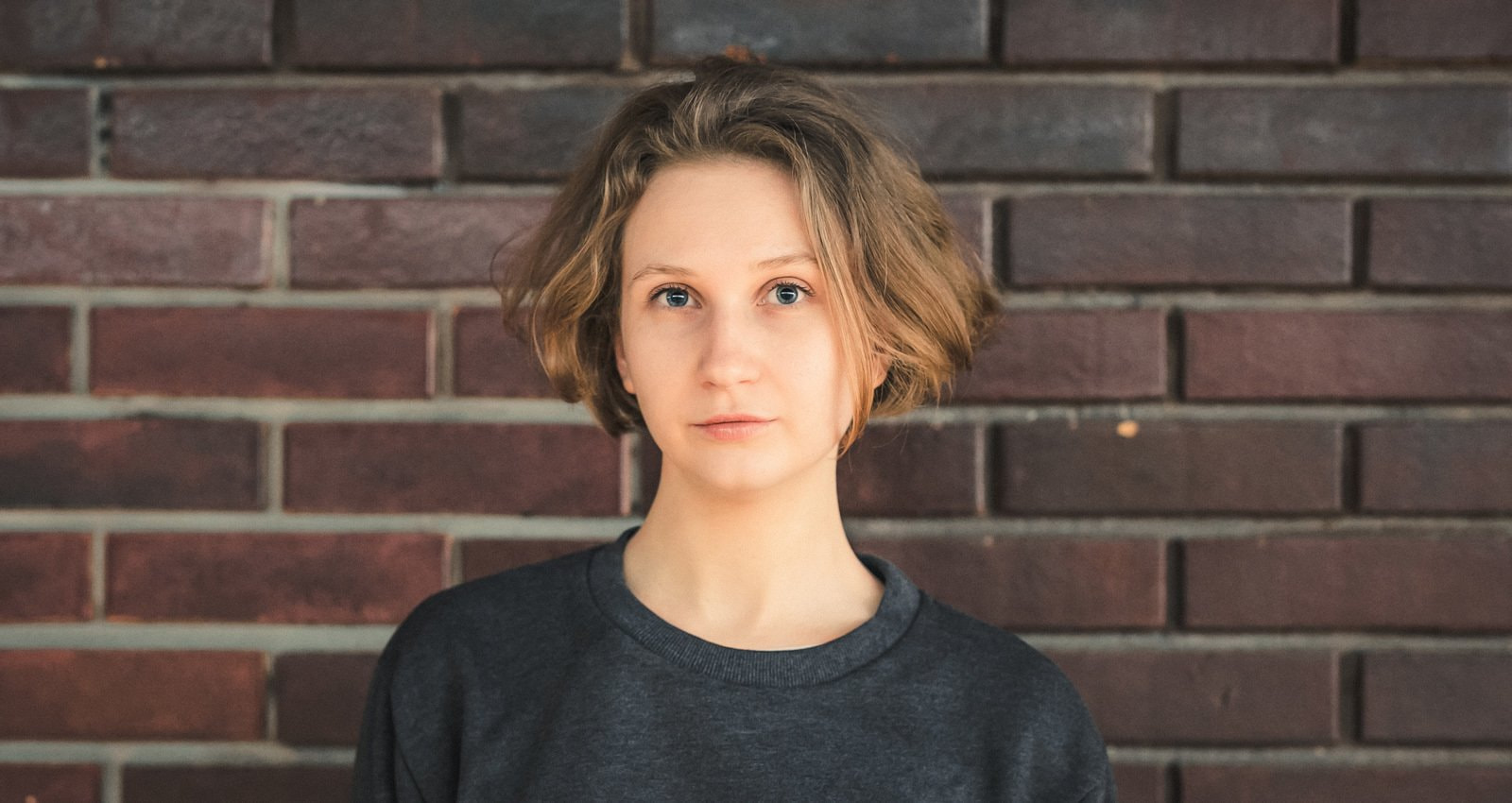Anna Yakushkova’s Diary
Anna Yakushkova (b. 1994, Yalta)
I graduated in Practical Cultural Studies from NRC HSE’s partner program with the Polytechnic Museum. My academic essays and the thesis study film, leisure, and love. Since 2017, I have been coordinating volunteers working at documentary film programs at the Moscow International Festival. My interests focus on the issues of conscious consumption and re-use technologies in art and design.
12.03
The first shift of the project and my first “field” mediator’s experience. I worked together with Zhenya, there were not so many visitors, so we had time to chat. There were foreign students (mainly Americans) who had chosen Garage among other venues to visit during a short stay in Moscow. Over a cup of tea, I discussed emoji with a young female psychologist, although initially she was telling me about her life near Barnes Foundation in Philadelphia and, generally, about living in a prestigious district and looking at tourists every day.
I know that my personal tastes dictate the way of I emphasize certain aspects about the artworks on display at Bureau des transmissions. Perhaps, with time I will be able to devote more visitors’ attention to the project of Tereshkina and Jitlina. But as of now, I can’t relate too much with their piece for the show. Although obviously I understand why we have this project here.
I enjoy seeing adults and children being surprised by the fact that the ribbons can really be thrown, and it is EVEN permitted to climb the tower. Linda’s Translation Wardrobe attracts much fewer people even though it is an interactive piece. Visitors rarely try on the masks. Are they afraid of looking funny?
A girl came with her family. She worked as a mediator at the Riga Biennial and was very happy to explore Bureau because everything is so “cheerful and active there”. Her children threw ribbons and made dolls. Cool that each family can enjoy doing something.
13.03
It is difficult to communicate with people, sometimes reminds me of a mine picking game, but visitors give you so much energy and impulses, that it remains unclear who is a greater contributor to the process. Today I talked to a girl who is an interpreter and ornithologist (well, where else could interest in communication with people or birds lead oneself?) about politics in art, about the left, and that everyone should start with themselves and change others acting like a soft force. I was shocked to learn that in her student years the girl decided to try the life of a homeless person and slept at the Kursky railway station aiming to experience how it feels to be a homeless individual in Moscow. She was astonished how many university professors there are among the homeless. We discussed who is responsible for these people. The state? Ourselves? Why are we so lost, and why do protest movements degrade so often (take even Occupy Wall Street from one of our cups)?
The most complicated communication is with old people. They sort of wish to set you up and expose your ignorance. But this is how art mediation becomes an even more compelling game.
My third and fourth shifts
Quiet afternoon hours. Few visitors, which allows to pay more time to everyone. Children with their mother make dolls and even spiders. The mom recalls making similar dolls with her grandmother, while her own kids are doing it for the first time perhaps.
A man comes, wanders on his own, the cups. Here we start a conversation, and I’m having difficulties. I would label him “skeptic”. I explain the ribbons concept to him—he notices, sarcastically, that he is reading the messages, many of which sound like having come from street walls. Then he climbs the tower to throw ribbons. And why do I feel so good because of this gesture of his?
On Friday the weather is nasty, so the visitors, one after another, prefer to drink some tea. We discuss whether spectators should be allowed to touch museum items, how contemporary art helps women interact with their children, and how a visit to a museum can inspire and make you stronger (whether art transforms life, using the words of microsillons). Can a museum change the life around for the better? This is the topic of another tea-drinking ceremony. And very soon, we begin talking about GULAG with one of the visitors, and if there is freedom in today’s society. Funnily, I’ve already talked to several interpreters on this project. And this is the case when I get more than give.
While drinking tea I was watching, out of the corner of my eye, a couple who spent probably one hour making dolls in Linda’s Translation Wardrobe. The guy was sitting on one of the ear-flapped fur hats from that wardrobe. I think this is why I love being part of this project—it allows you to meet infinitely amazing and very different people.
